An aircraft is maintaining fl 150 within airspace class c another aircraft ? [ Answer reports ]
Question 9-1 : When the other aircraft has reported that it has descended through fl 130 when the other aircraft has reported that it has left fl 140 when the other aircraft has reported that it has reached fl 70 when the other aircraft has reported that it has left fl 120
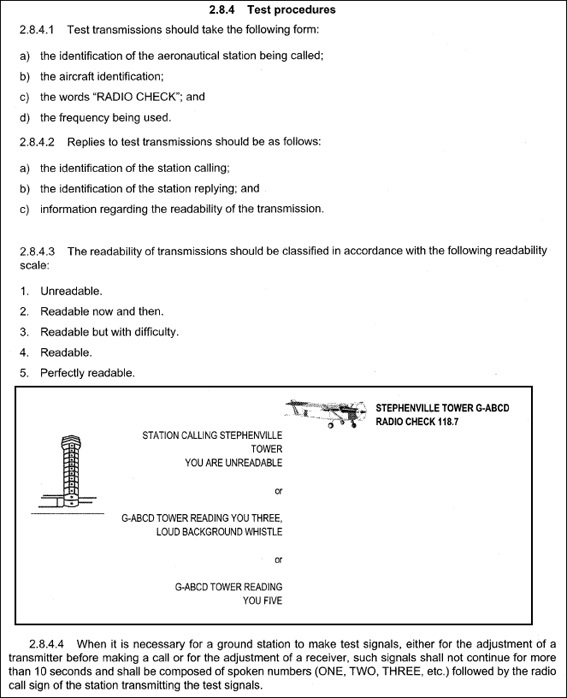 When the other aircraft has reported that it has descended through fl 130.
When the other aircraft has reported that it has descended through fl 130. An aircraft making a radar approach should be advised to consider executing a ?
Question 9-2 : 2 nm 1 nm 4 nm 3 nm
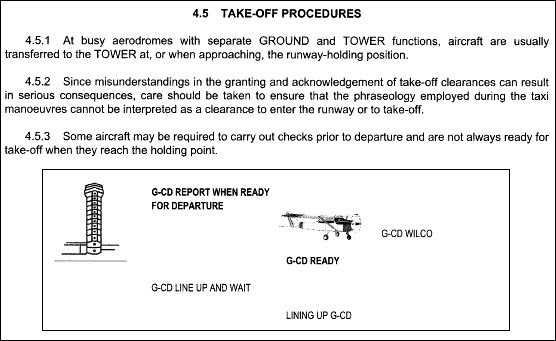 2 nm.
2 nm. An aircraft making a radar approach should be directed to consider executing a ?
Question 9-3 : Last 2 nm of the approach last 4 nm of the approach last 3 nm of the approach last 5 nm of the approach
An aircraft making a radar approach should be directed to execute a missed ?
Question 9-4 : 2 nm from the touchdown 4 nm from the touchdown 5 nm from the touchdown 1 5 nm from the touchdown
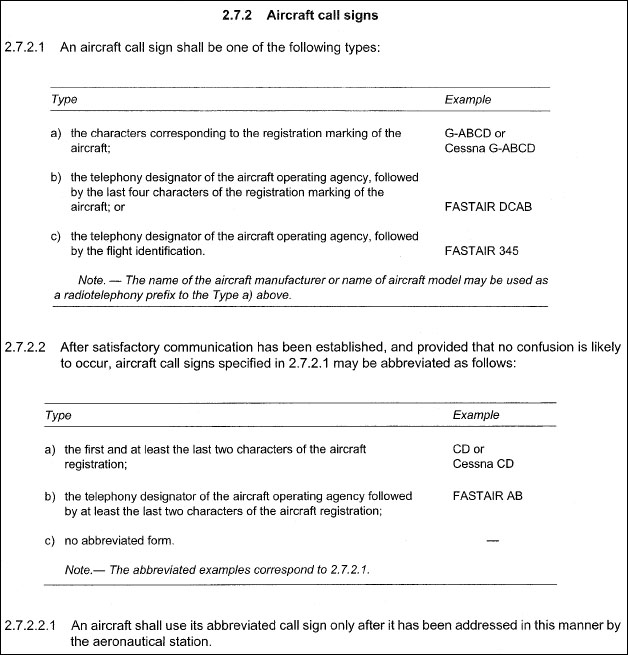 2 nm from the touchdown.
2 nm from the touchdown. The information communicated in an atis broadcast shall be updated ?
Question 9-5 : Immediately a significant change occurs every 30 minutes every 60 minutes every 90 minutes
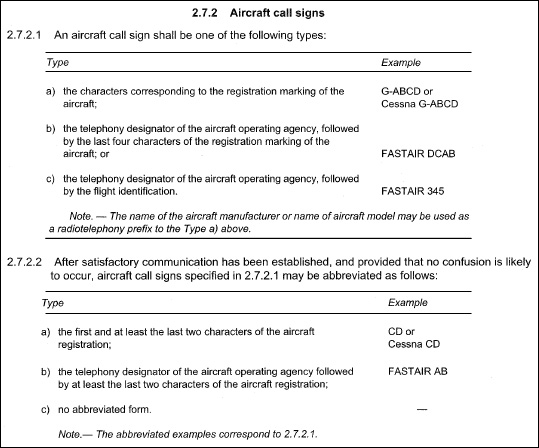 Immediately a significant change occurs.
Immediately a significant change occurs. An ats airspace where ifr and vfr are permitted and receive flight information ?
Question 9-6 : Airspace g airspace f airspace c airspace e
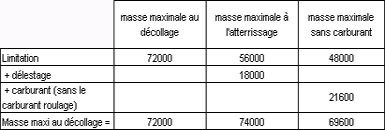 Airspace g.
Airspace g. An ats airspace where ifr and vfr are permitted ifr flights are subject to air ?
Question 9-7 : Airspace e airspace d airspace b airspace a
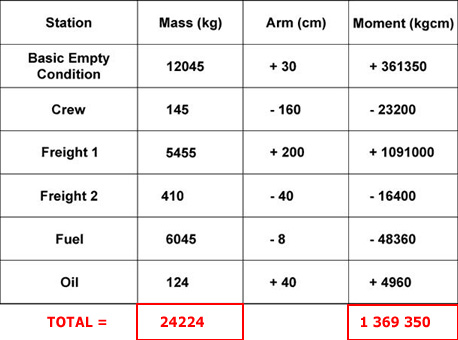 Airspace e.
Airspace e. An ats airspace where ifr and vfr flights are permitted all flights are subject ?
Question 9-8 : Airspace b airspace a airspace d airspace e
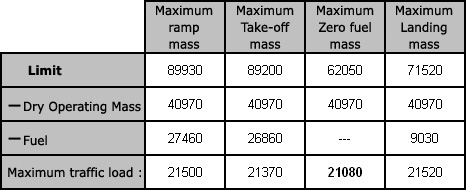 Airspace b.
Airspace b. An ats airspace where ifr and vfr flights are permitted all flights are subject ?
Question 9-9 : Airspace c airspace d airspace e airspace b
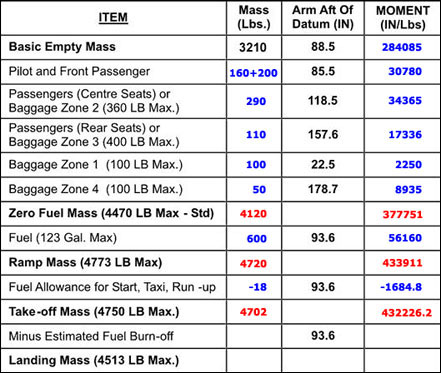 Airspace c.
Airspace c. An ats airspace where ifr and vfr flights are permitted all participating ifr ?
Question 9-10 : Airspace f airspace g airspace e airspace d
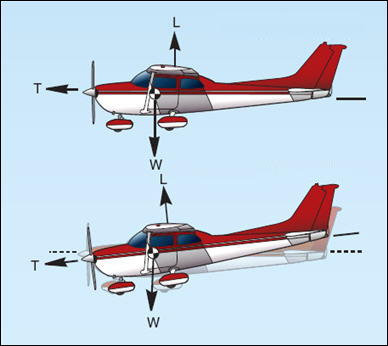 Airspace f.
Airspace f. An ats airspace where ifr and vfr fligts are permitted and all flights are ?
Question 9-11 : Airspace d airspace b airspace e airspace a
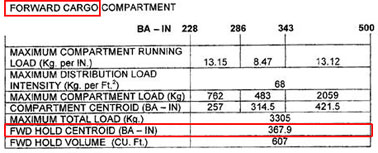 Airspace d.
Airspace d. Approach control service .an expected approach time eat will be transmitted by ?
Question 9-12 : For 30 minutes or more for 10 minutes or more for 15 minutes or more for 20 minutes or more
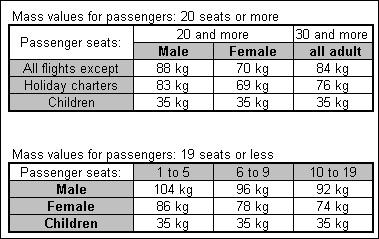 For 30 minutes or more.
For 30 minutes or more. Area control centres issue clearances for the purpose of ?
Question 9-13 : Achieving separation between controlled flights achieving separation between ifr flights providing flight information service providing advisory service
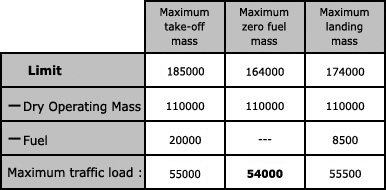 Achieving separation between controlled flights
Achieving separation between controlled flights At the commencement of final approach if the controller possesses wind ?
Question 9-14 : 5 kt 3 kt 10 kt 8 kt
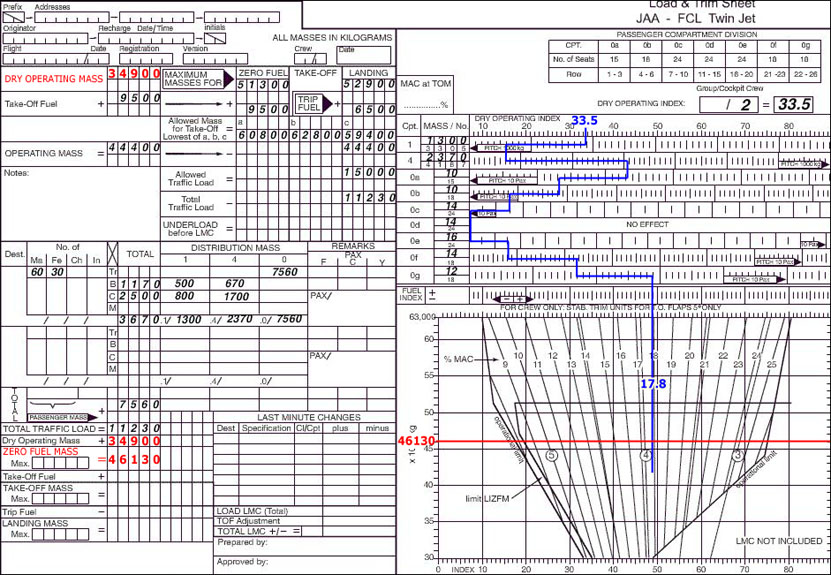 5 kt.
5 kt. At the commencement of final approach if the controller possesses wind ?
Question 9-15 : 10 kt 5 kt 8 kt 4 kt
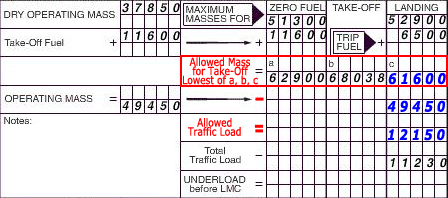 10 kt.
10 kt. At the commencement of final approach if the controller possesses wind ?
Question 9-16 : 2 kt 4 kt 5 kt 3 kt
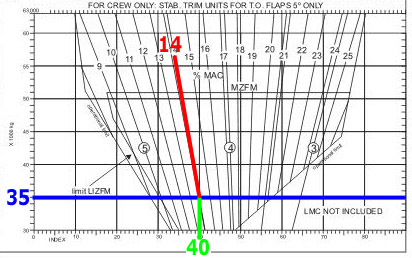 2 kt.
2 kt. Atis updating .whenever atis is provided the broadcast information shall be ?
Question 9-17 : Immediately a significant change occurs at least every half an hour independently of any significant change as prescribed by the meteorological office as prescribed by the state
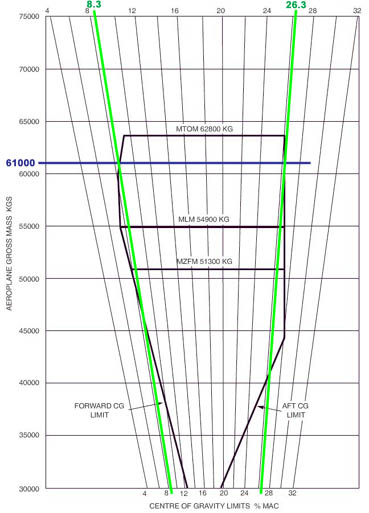 Immediately a significant change occurs.
Immediately a significant change occurs. Atis broadcast ?
Question 9-18 : Shall not be transmitted on the voice channel of an ils shall be transmitted on the voice channel of an ils on a discrete vhf frequency or on the voice channel of a vor shall not be transmitted on the voice of a vor shall only be transmitted on a discrete vhf frequency
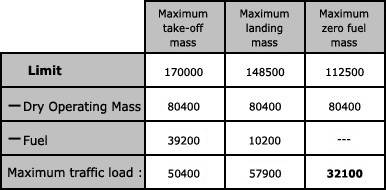 Shall not be transmitted on the voice channel of an ils.
Shall not be transmitted on the voice channel of an ils. Atis broadcast messages containing departure and arrival information should ?
Question 9-19 : Below 1500 m 5000 ft or below the highest minimum sector altitude whichever is the greater below 900 m 3000 ft or below the highest minimum sector altitude whichever is the greater below 2000 m 6000 ft or below the highest minimum sector altitude whichever is the greater only cumulonimbus
Change from ifr to vfr will always take place ?
Question 9-20 : On the initiative of the aircraft commander at the clearance limit irrespective of the weather conditions as instructed by an air traffic control unit when the aircraft is leaving controlled airspace during vmc
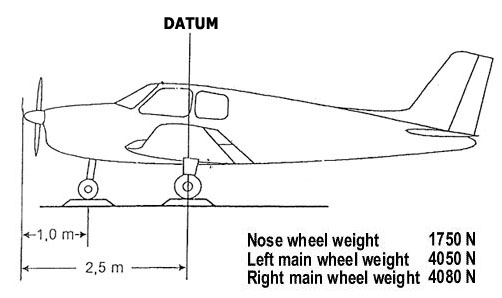 On the initiative of the aircraft commander.
On the initiative of the aircraft commander. Classification of airspace above 3050m 10000 ft amsl the vmc minima for vfr ?
Question 9-21 : Visibility 8 km distance from clouds 1500 m horizontal 1000 ft vertical visibility 5 km distance from clouds 1500 m horizontal 1000 ft vertical visibility 8 km clear of clouds no minima defined vfr flights are not permitted
Clearance for descent .an aircraft flying under ifr maintaining fl 150 has ?
Question 9-22 : That he has left fl 140 that he has descended through fl 130 that he has passed through fl 100 that he has reached fl 70
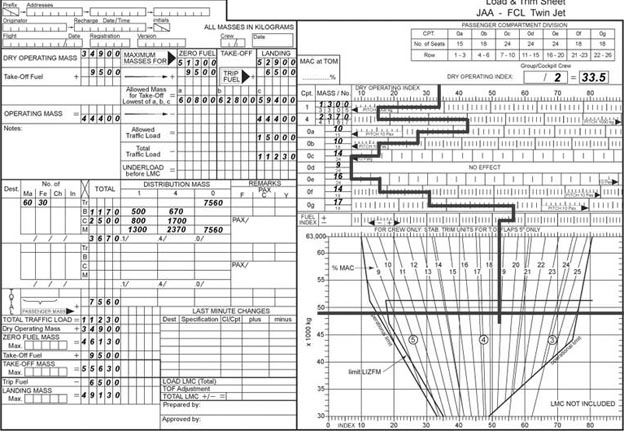 That he has left fl 140.
That he has left fl 140. Clearance on final approach .a pilot may expect to receive the clearance to ?
Question 9-23 : 2 nm from touchdown 3 nm from touchdown 4 nm from touchdown 5 nm from touchdown
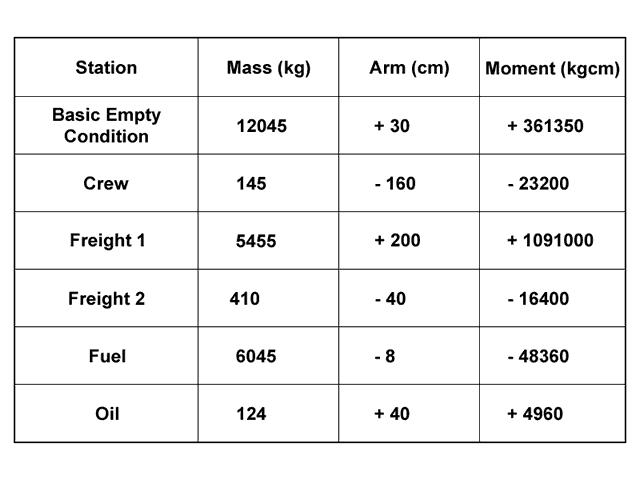 2 nm from touchdown.
2 nm from touchdown. Clearances will be issued by an atc unit for the purpose of ?
Question 9-24 : Achieving separation between controlled flights providing flight information service providing advisory services providing alerting services
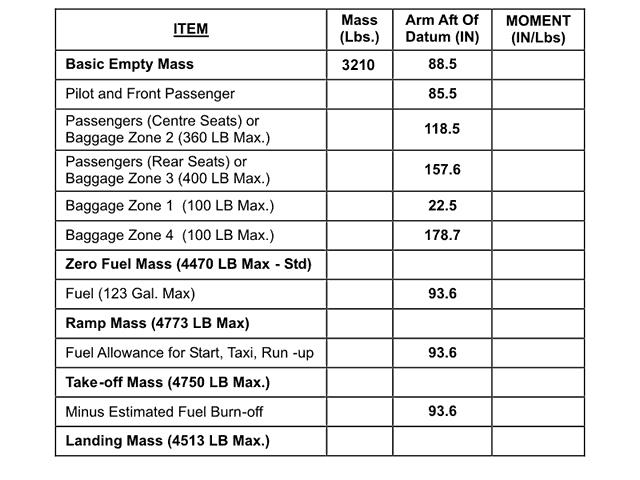 Achieving separation between controlled flights.
Achieving separation between controlled flights. Concerning to rnp required navigation performance types the indication rnp 4 ?
Question 9-25 : Plus or minus 4 nm on a 95 per cent containment basis plus or minus 4 nm on a 90 per cent containment basis plus or minus 4 nm on a 98 per cent containment basis plus or minus 4 miles on a 90 per cent containment basis
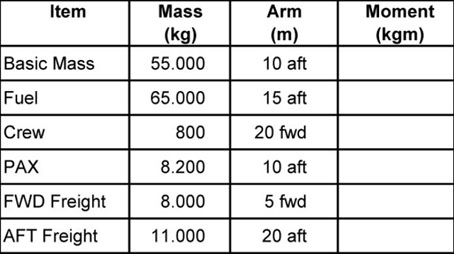 Plus or minus 4 nm on a 95 per cent containment basis.
Plus or minus 4 nm on a 95 per cent containment basis. A control area cta is a controlled airspace extending upwards from ?
Question 9-26 : A specified limit above the earth a height of 900 feet above the earth a height of 500 feet above the earth the surface of the earth to a specified limit
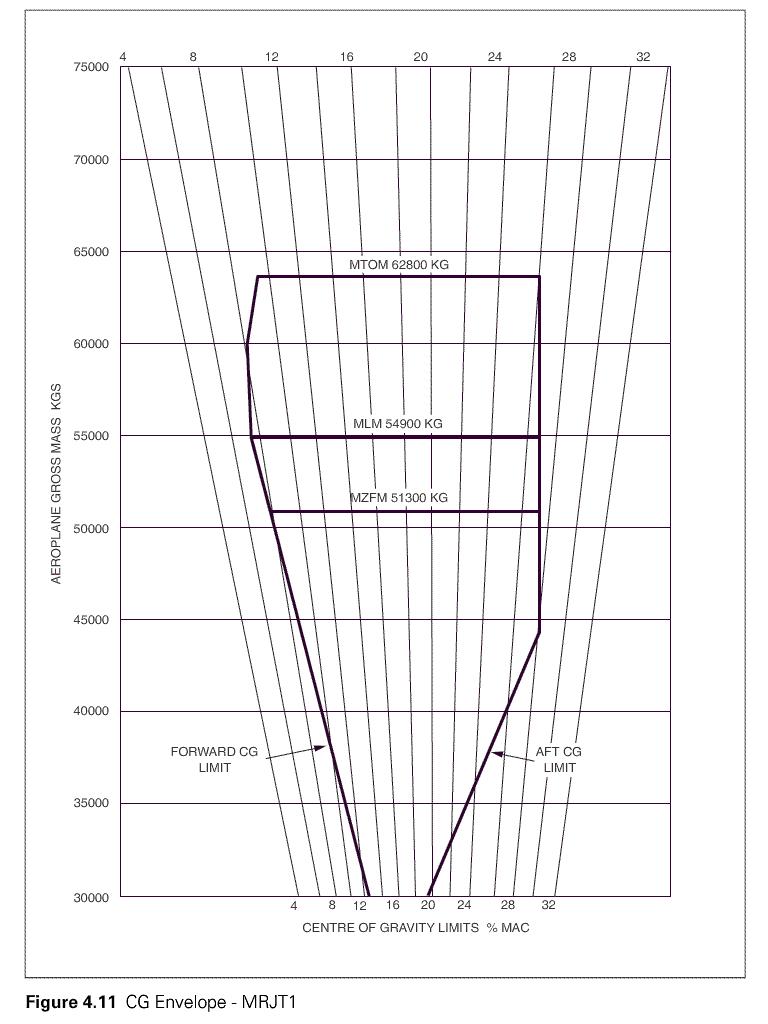 A specified limit above the earth.
A specified limit above the earth. Ctr minimum lateral limits.how many nm shall a control zone extend at least ?
Question 9-27 : 5 nm 7 5 nm 10 nm 15 nm
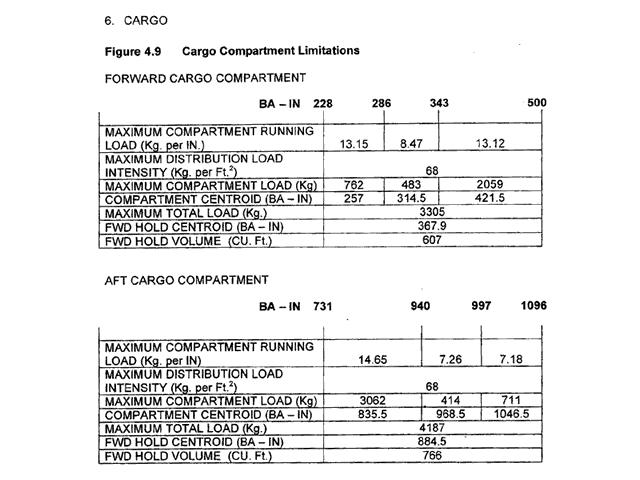 5 nm.
5 nm. During an arrival procedure under an ifr flight plan in vmc conditions traffic ?
Question 9-28 : The pilot in command the approach controller the radar controller the airport controller
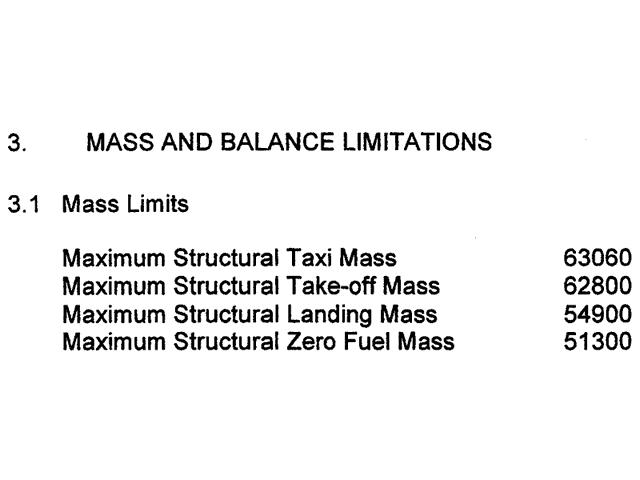 The pilot in command.
The pilot in command. During an ifr flight in vmc in controlled airspace you experience a two way ?
Question 9-29 : Land at the nearest suitable aerodrome maintaining vmc and inform atc descend to the flight level submitted for that portion of flight land at the nearest suitable aerodrome and inform atc select a7600 and continue according current flight plan to destination
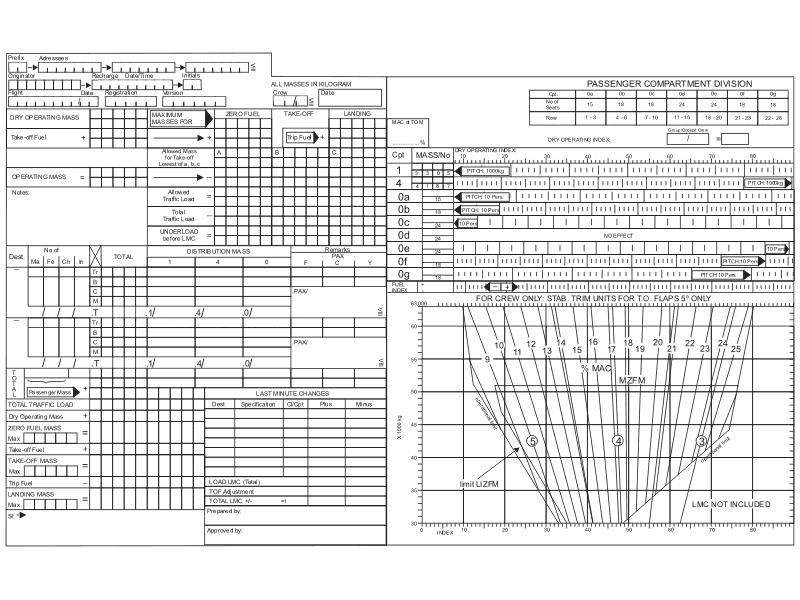 Land at the nearest suitable aerodrome maintaining vmc and inform atc.
Land at the nearest suitable aerodrome maintaining vmc and inform atc. Expected approach time / eat a pilot receive an eat as soon as practicable when ?
Question 9-30 : 10 minutes or more 15 minutes or more 10 minutes 20 minutes
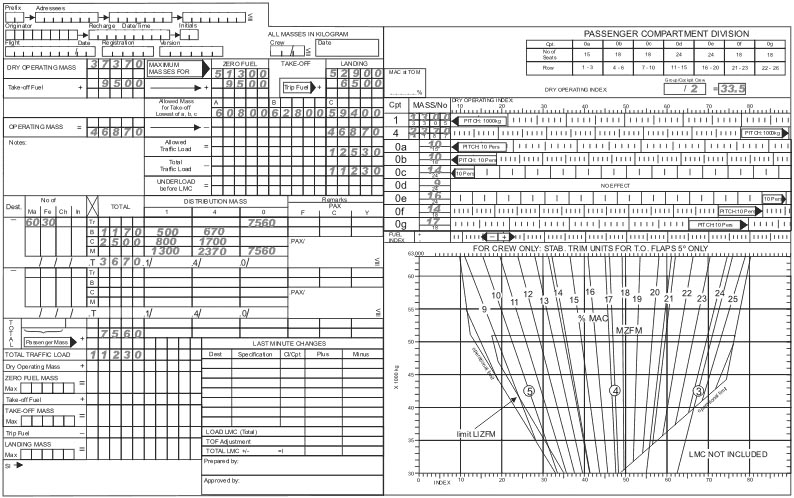 10 minutes or more.
10 minutes or more. Except in some special cases the establishment of change over points should be ?
Question 9-31 : 60 nm or more 75 nm or more 50 nm or more 100 nm or more
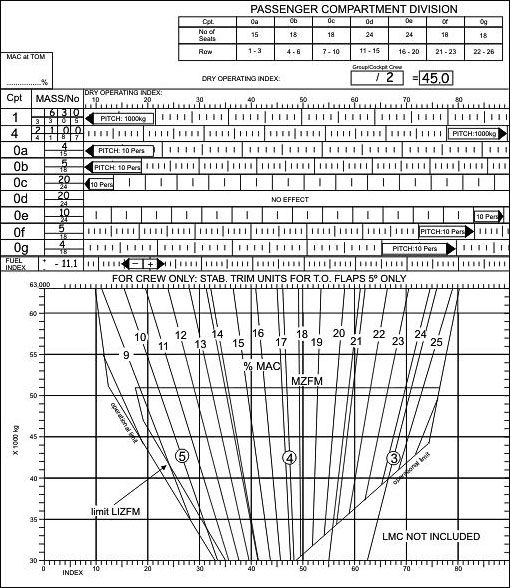 60 nm or more.
60 nm or more. Except otherwise established by the appropriate ats authority a surveillance ?
Question 9-32 : 2 nm 3 nm 4 nm 5 nm
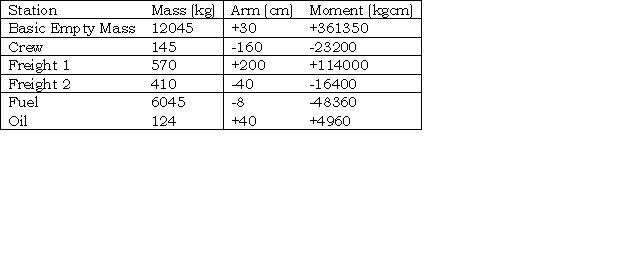 2 nm.
2 nm. Except when prescribed in procedures or made possible by agreements aircraft ?
Question 9-33 : 2 5 nm 1 5 nm 3 nm 5 nm
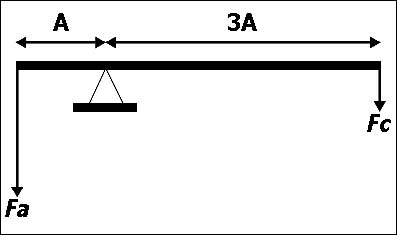 2.5 nm.
2.5 nm. Fligh information region fir is an airspace within which the following services ?
Question 9-34 : Flight information service and alerting service flight information service alerting service and advisory service flight information service only flight information service and advisory service
Flight information service provided to flights shall include the provision of ?
Question 9-35 : C to g inclusive a to g inclusive a to e inclusive f and g
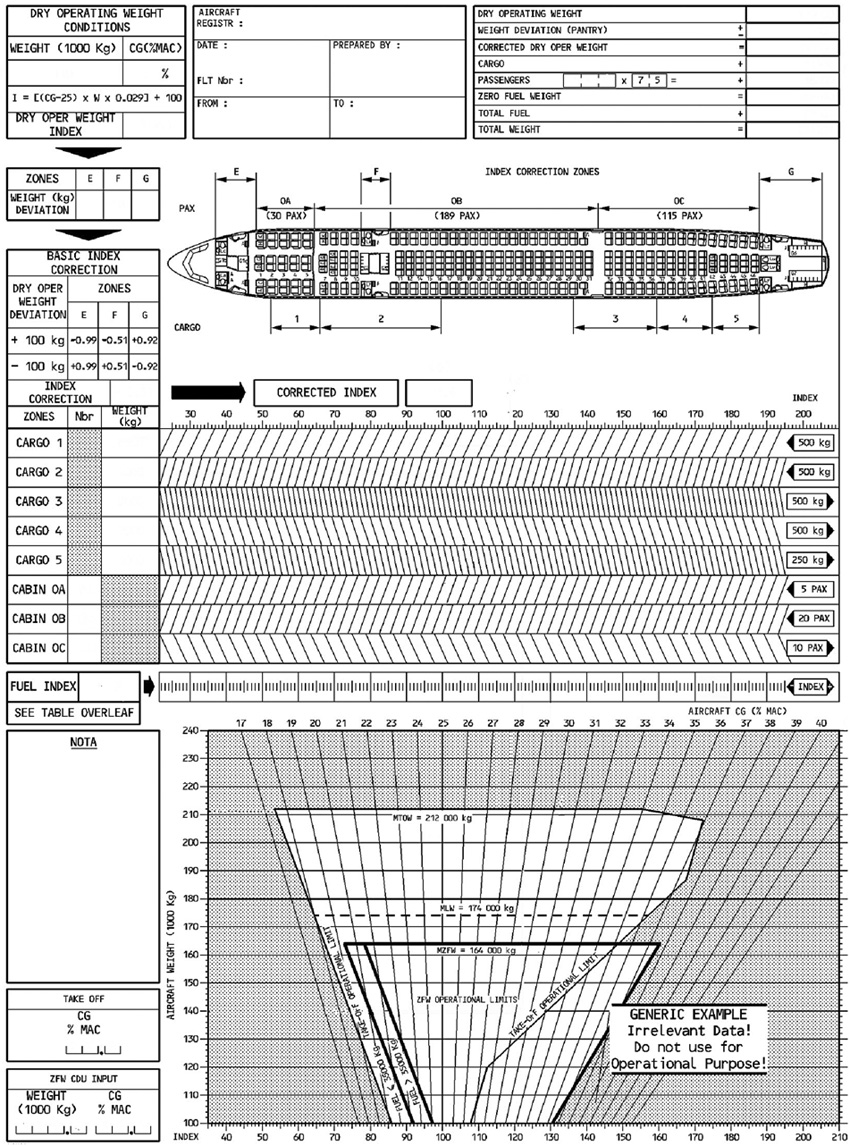 C to g (inclusive).
C to g (inclusive). Flight information service shall be provided to aircraft in order to avoid ?
Question 9-36 : C d e f and g a b c d e f and g f and g only f only
Flight plan .for an ifr flight to an airport equipped with navaids the ?
Question 9-37 : Will arrive overhead the initial approach fix will land will stop on the parking area will leave the initial approach fix to start the final approach
 Will arrive overhead the initial approach fix.
Will arrive overhead the initial approach fix. For controlled traffic that shall be separated in the vicinity of aerodromes ?
Question 9-38 : When the commander in the following aircraft has the preceding aircraft in sight and is able to maintain own separation at discretion of the responsible air traffic controller only if the air traffic controller has the involved aircraft in sight if the commander of one of the involved aircraft so requests
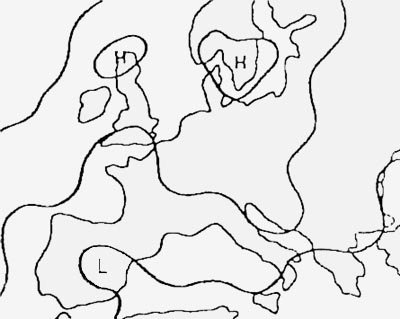 When the commander in the following aircraft has the preceding aircraft in sight and is able to maintain own separation.
When the commander in the following aircraft has the preceding aircraft in sight and is able to maintain own separation. If an atc clearance is not suitable to the pilot in command of an aircraft ?
Question 9-39 : The pic may request and if practicable obtain an amended clearance the pic may request an amended clearance from the atc atc has to amend the clearance in accordance with the pilots request the pic has to accept the atc clearance the clearance is based on the flight plan filed with atc the pic may propose another clearance atc has to amend the clearance in accordance with the pilots request
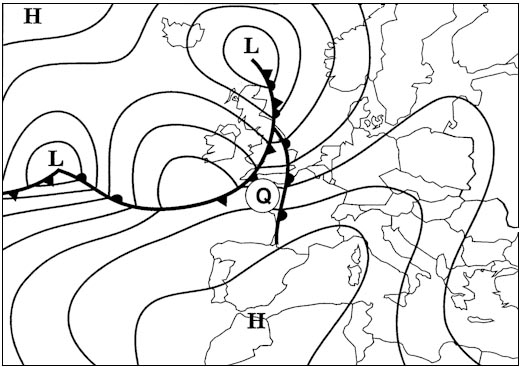 The pic may request and, if practicable, obtain an amended clearance.
The pic may request and, if practicable, obtain an amended clearance. General provisions change from ifr to vfr .a change from instrument flight ?
Question 9-40 : The change is initiated by the pic with a message containing the specific expression 'cancelling my ifr flight' the pic has requested and obtained an atc clr for the change and has filed a special vfr flight plan the position of the change has been noted on the atc flight plan the cancellation of the ifr flight will then be made automatically by atc atc invites the pic to change from ifr to vfr
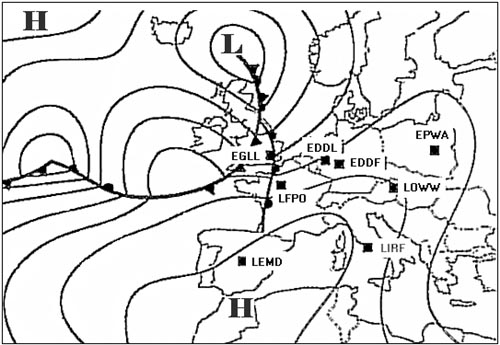 The change is initiated by the pic with a message containing the specific expression 'cancelling my ifr flight'.
The change is initiated by the pic with a message containing the specific expression 'cancelling my ifr flight'. ~
Exclusive rights reserved. Reproduction prohibited under penalty of prosecution.
319 Free Training Exam Other source study: Ppl exam examen 9
